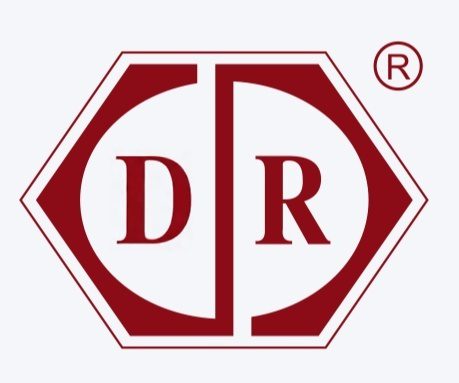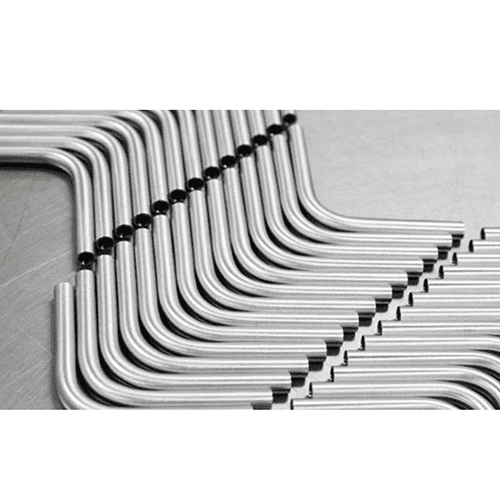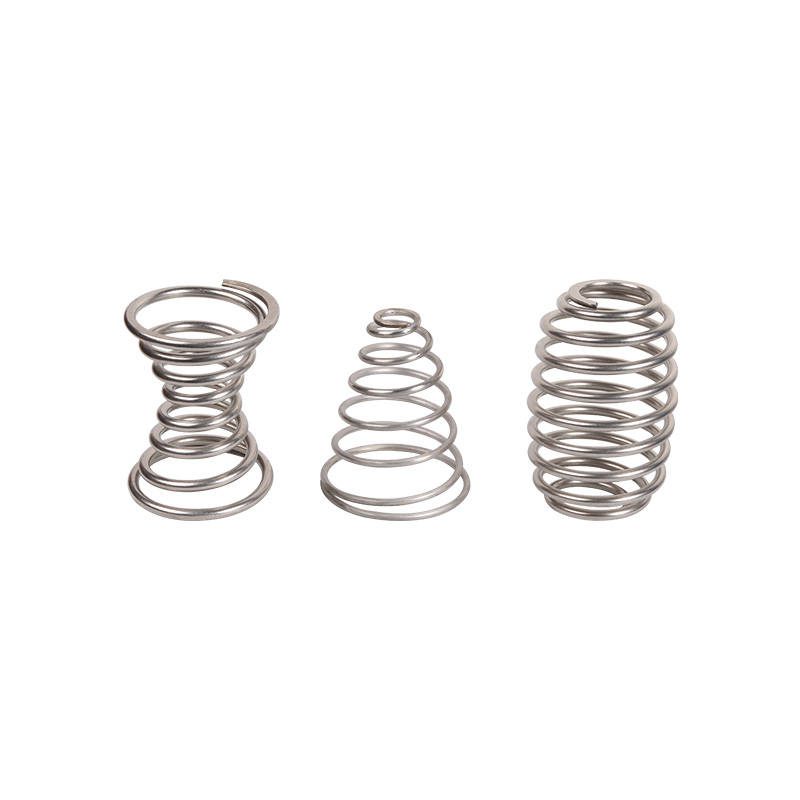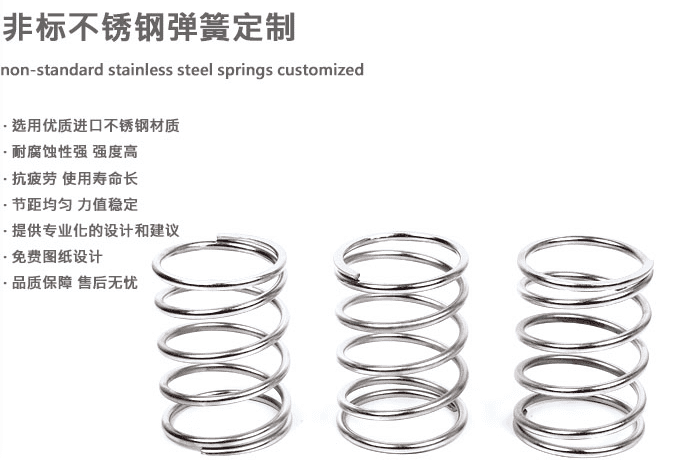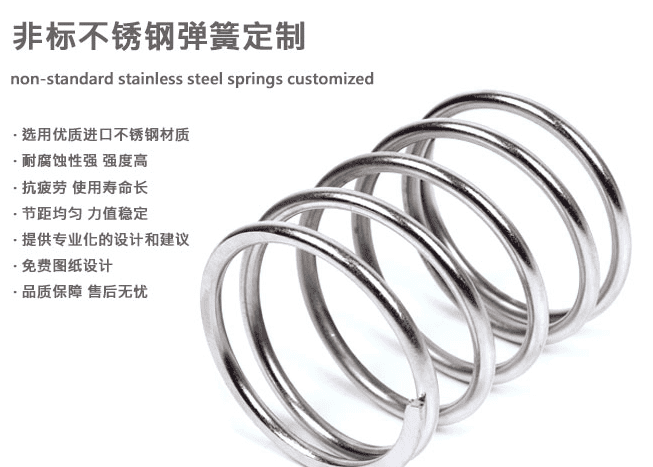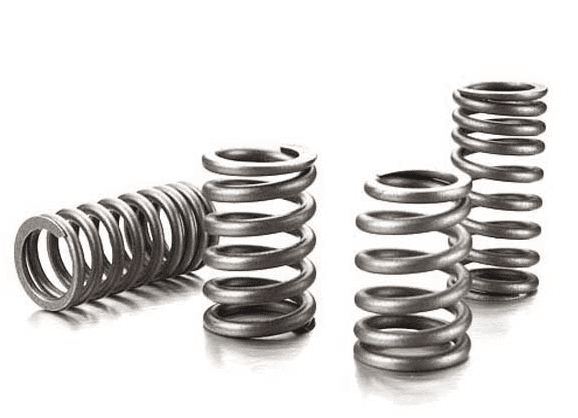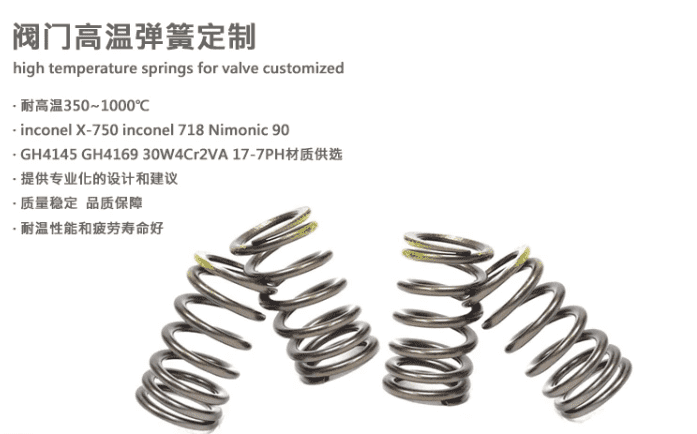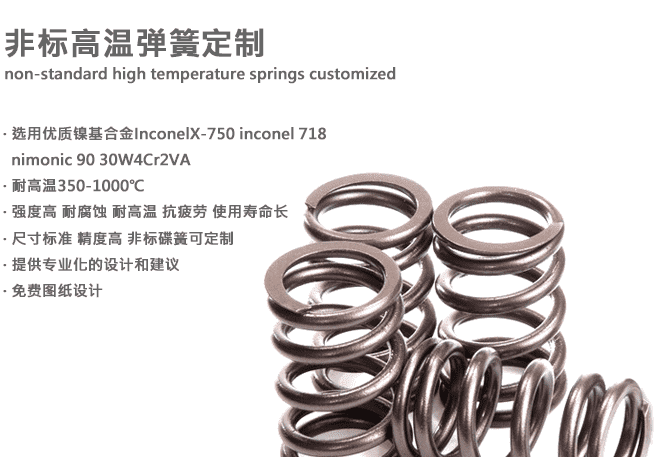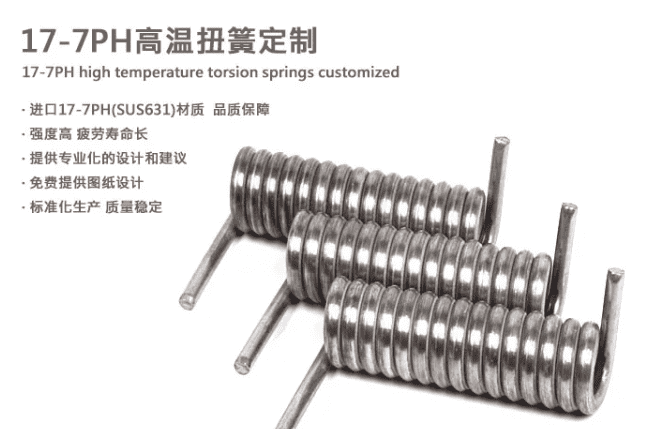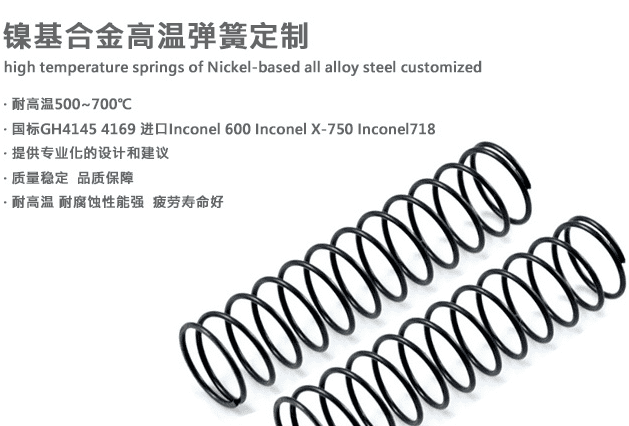Hastelloy C22 alloy is an all-around nickel-chromium-molybdenum-tungsten alloy. Compared with other existing nickel-chromium-molybdenum alloys, such as Hastelloy C276, C4 alloy and 625 alloy, its overall corrosion resistance is superior. It is like an indomitable warrior, always maintaining superior performance in the battle against pitting, crevice corrosion and stress corrosion cracking.
The form, location and cause of severe corrosion damage in a short period of time in the Hastelloy C22 coil-type amide heater of the methyl ester unit were experimentally analyzed. It is pointed out that the intergranular precipitation of Cr and Mo-rich phases (carbides and intermetallic compounds) caused by welding heat is the main factor causing severe corrosion, and deformation and erosion accelerate corrosion
It has a remarkable ability to resist oxidant media, and neither wet chlorine, nitric acid nor mixed oxidizing acid containing fluoride ions can cause damage to it. Just like a fearless knight, it can maintain a steady posture in all kinds of harsh environments. At the same time, Hastelloy C22 alloy also has ample resistance to oxidizing and reducing environments, which makes it play a powerful role in factories for various production purposes.
Hastelloy C22 alloy is suitable for various chemical process industries containing oxidizing and oxidizing media. Its high molybdenum and chromium content enables it to resist chloride ion corrosion, and the addition of tungsten further improves its corrosion resistance. It is one of the only materials that can resist corrosion from moist hydrogen, hypochlorite and chlorine dioxide solutions. It also has significant corrosion resistance to highly concentrated chloride salt solutions such as ferric chloride and cupric chloride.
Amide heater operating parameters: Inside the tube: working pressure 0.5MPa; working temperature 105.5/156 ℃; medium: amide solution, containing sulfuric acid, ammonium bisulfate, water, acetone, intermediate products, other organic matter, with strong reducing and oxidizing properties, especially the problem of high-temperature dilute sulfuric acid corrosion; Inside the container: working pressure 0.95 MPa, working temperature 210/184 ℃, medium steam. The corrosion margin of the heat exchange tube and the container are
During the welding process, the welding pool of the nickel-based alloy is very viscous and the penetration depth is shallow. Although increasing the welding current does not significantly improve the metal fluidity, increasing the penetration depth can still improve the welding effect. Unlike the concave weld formed by welding carbon steel and stainless steel, the weld surface of the nickel-based alloy should be convex to avoid crystallization cracks. Crystallization cracks may occur on the first layer of weld at the root, which can be removed by small current and multi-wire filling.
The heat-affected zone on both sides of the circumferential weld of the coil is severely corroded and thinned, forming annular corrosion grooves. The width of the groove is about 10 to 15 mm, and the remaining wall thickness at the bottom is only 0.1 to 0.5 mm. Holes appear in areas with severe corrosion, leading to leakage.
